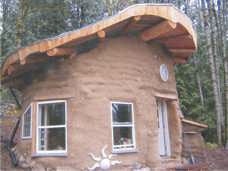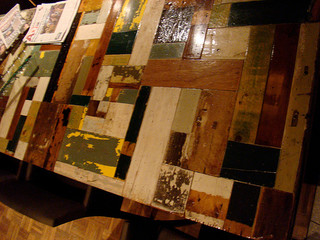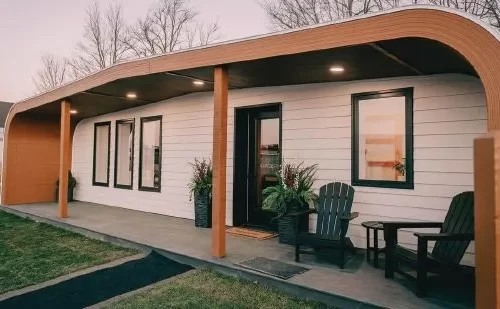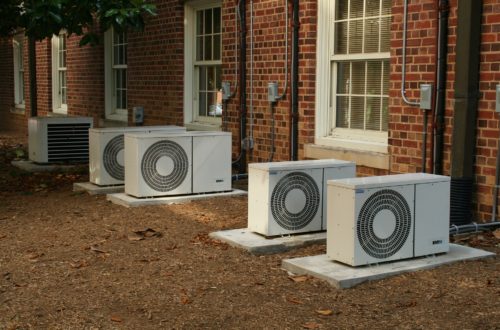The Local Application of Traditional Building Techniques
According to Scott Howard, founder of Earthen Hand Natural Building, the materials and methods in natural building construction are highly sustainable because they are readily available and easy to use.
Structures built of earthen materials are more likely to last for many centuries in contrast to a few decades for most contemporary stick-framed buildings.
Wood-framing remains the most popular way to build homes in the Pacific Northwest where plentiful forests were once thought of as monstrosities to be cut into submission.
The popularity of wood construction over time is a contributor to deforestation worldwide. Some estimates state that we have used 90% of the world’s trees. The effects of deforestation include loss habitat for animals dependent upon forests, soil erosion, and lengthy recovery times because of the slow-growing nature of trees. Protecting and wisely managing the remaining 10% of forests is an attractive proposition.
While using slightly more expensive FSC (Forest Stewardship Council) Certified wood helps to assure that responsible social and environmental practices are used in wood production, earthen construction avoids the pitfall altogether.
Traditional earthen construction falls into three general categories:
Cob construction uses a mixture of clay, water and straw to form a stiff dough-like material that is layered upon a base course. Each 4”-6” layer is allowed to dry before the next is applied. This layering continues until the wall height is reached. Exterior walls are typically 1 – 2 feet thick.
In rammed earth construction, loose, damp earth is tamped and compacted in a framework to form walls. Once compressed, the framework can be removed. Rammed earth dries rapidly and can be built faster than cob. Exterior rammed earth walls are generally 2 feet thick.
Adobe uses a mixture similar to that used in cob construction but presses the material into forms to create building blocks or bricks instead of applying it in layers. The dried blocks are then assembled into solid or hollow core walls using mortar and bricklaying techniques.
A variation on traditional earthen construction is earthbag construction.
Earthbag construction has historic roots in military bunker construction techniques as well as temporary flood-control dike building methods. As the name implies, strong sacks filled with earth are stacked and tamped to form walls. The staggered assembly method is similar to laying bricks. Walls can be curved for improved stability: Round rooms have proven to be stronger than square ones. A strong bond between the rows of bags is accomplished by placing barbed wire between the courses. Twine is sometimes used to help hold the assembly together while construction is in progress. A finishing layer of earthen plaster, stucco or adobe helps shield the structure from damage by sun and rain.
One local example of this technique is the recently completed Newberry House Mud Hut project. The earthbag house was built in a series of eight Earthen Hand workshops over a period of about six months. Some two-hundred individuals contributed to the construction. Hundreds of bags, supplied by McMinniman’s Brew Pub were re-purposed to construct the house walls. The natural materials needed for the building were locally sourced: Most were from the building site, or from a short distance away. Some features, like windows, were from salvage. In all, some 40 tons of material were used to construct the 200 SF structure. (Keeping the structure small avoids building code issues.)
The resulting structure is an eye-popping, architectural creation. The curved walls, distinctive roofline and salvaged windows combine to give the structure a joyful appearance. The building’s character is further enhanced by artfully placed embellishments and finishing touches typical of Scott Howard and Earthen Hand.
Traditional building techniques can be learned at Earthen Hand workshops. For more information about Earthen Hand, Scott Howard, or the upcoming workshops, check the website at http://www.earthenhand.com






One Comment
Satyendra
After watching the wildfires burning down houses in California, I can’t help but to wonder why more people don’t build their houses out of earth, rock, concrete, etc. But it seems like they just don’t learn their lesson and continue rebuilding using wood. And the cycle continues again next year.The smart old timers in Texas used to build their houses out of rock with tin roofs because of the yearly prarie fires that would come through.